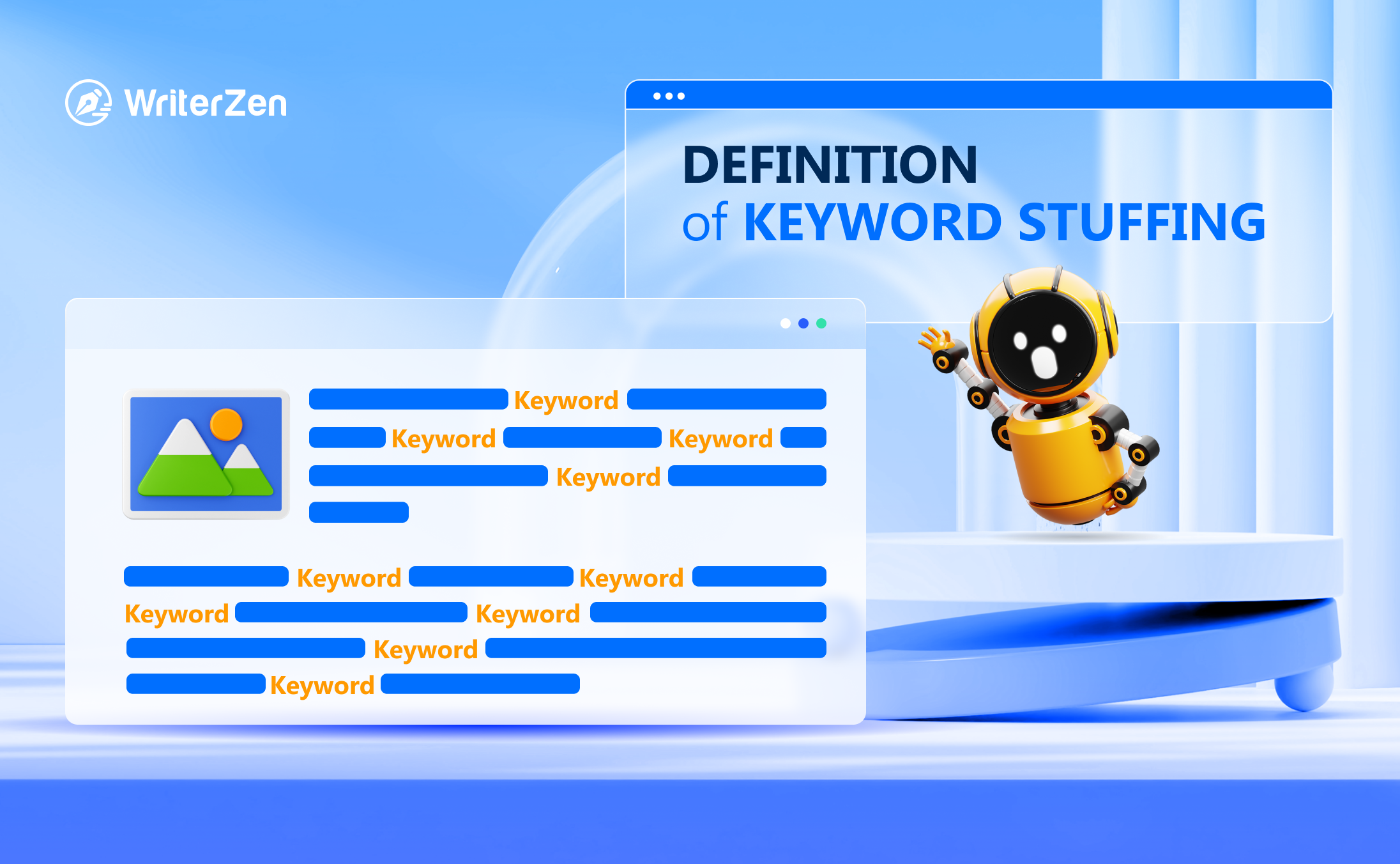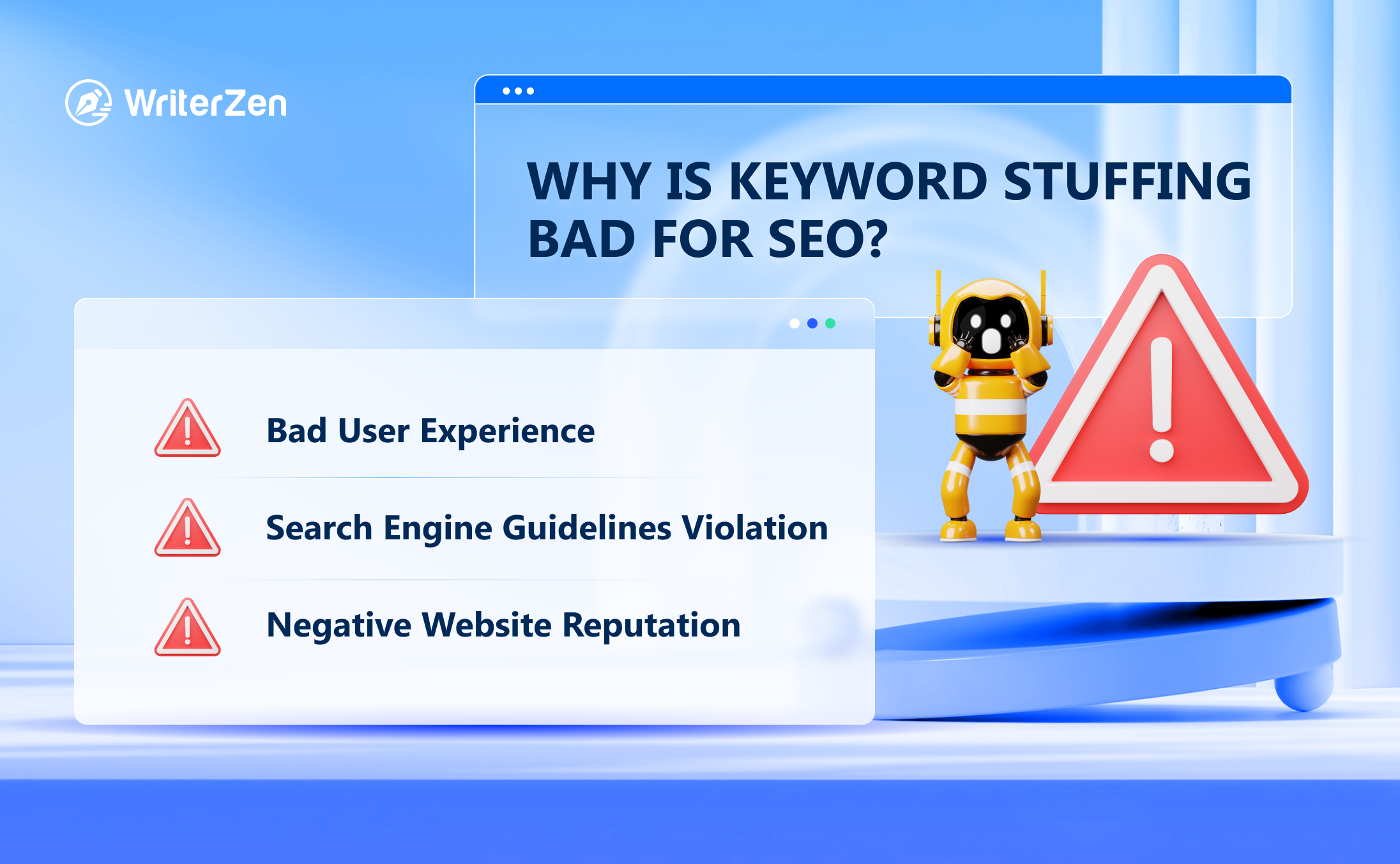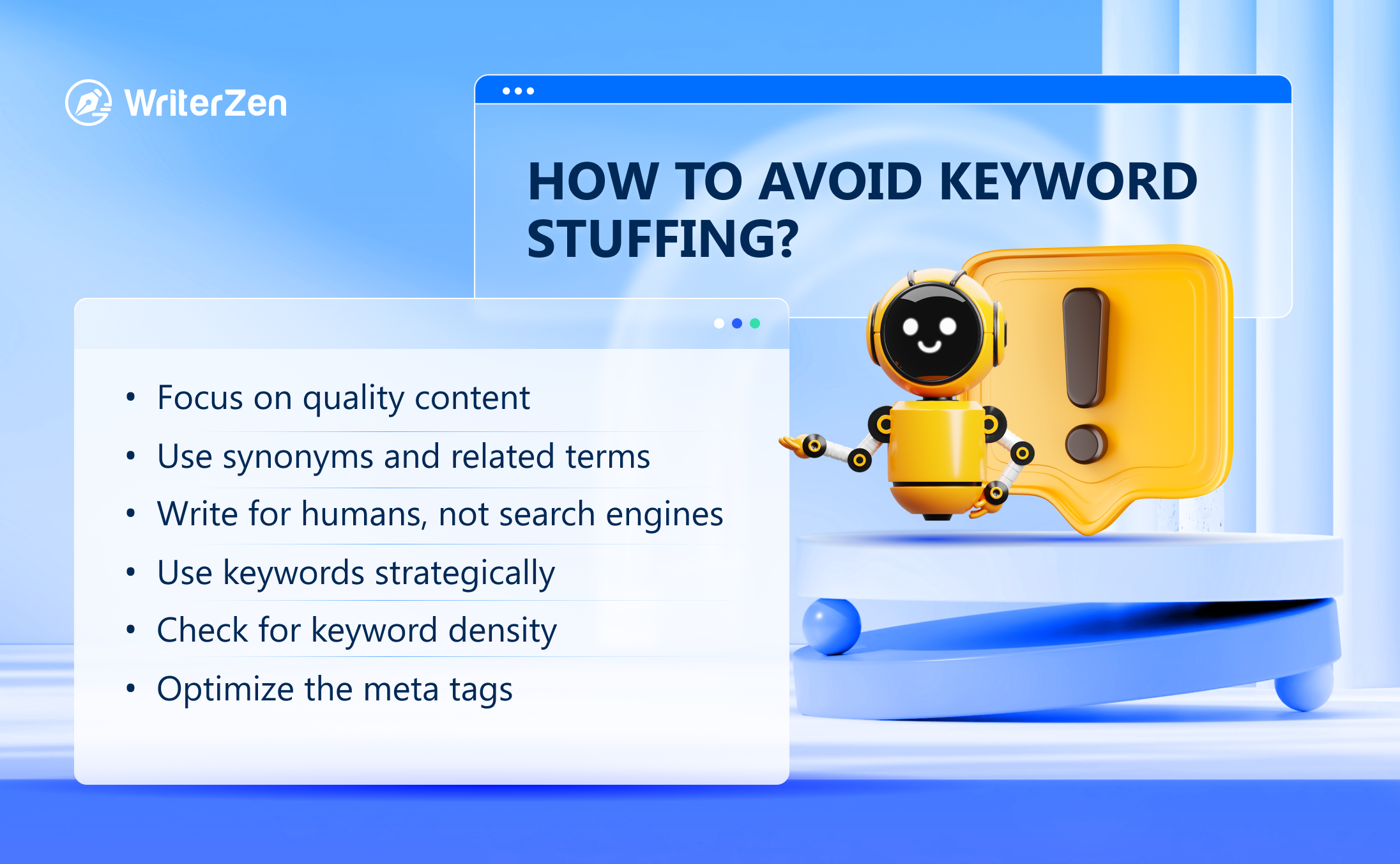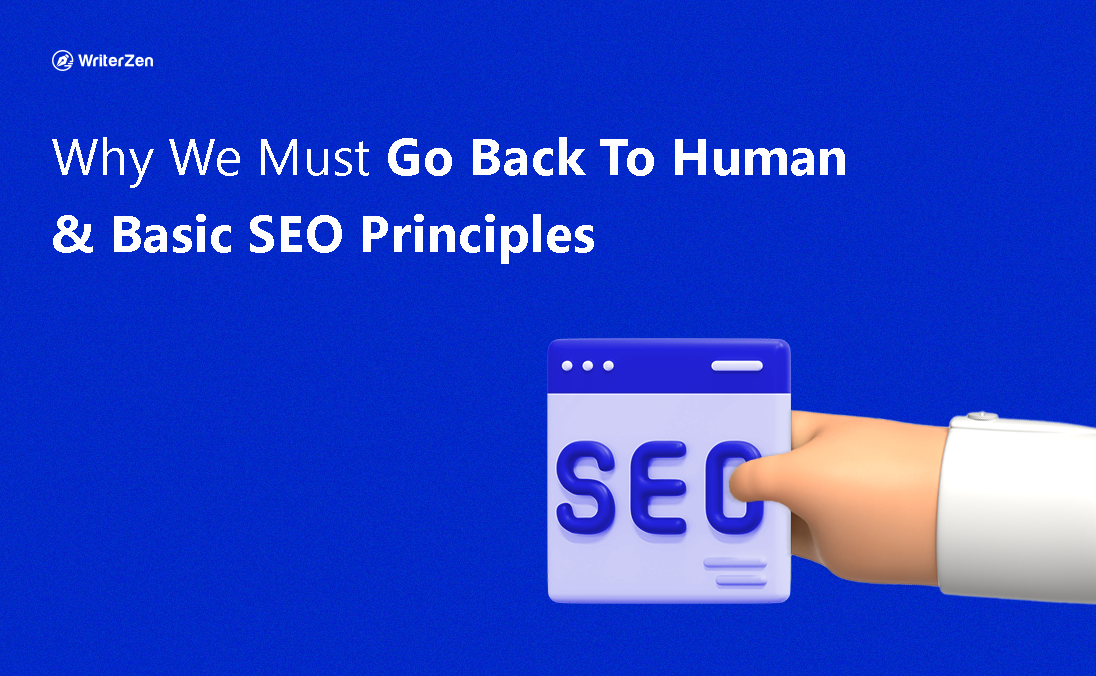What Is Keyword Stuffing?
Keyword stuffing is a black hat SEO technique where a specific keyword or phrase is overused on a webpage to influence search engine rankings. Multiple irrelevant or repetitive keywords are added to the content or meta tags of a webpage to make it stand out to search engines.

Keyword stuffing in SEO used to be an effective way to improve search engine rankings. Today, however, it is seen as a spammy and unethical approach that may damage a website's credibility and visibility.
Search engines are becoming more sophisticated in detecting and penalizing visible keyword stuffing. They now place greater emphasis on user-focused, high-quality content that provides value and relevance.
It is important for marketers and website owners to focus on creating valuable and engaging content that satisfies user intent rather than resorting to keyword stuffing tactics.
Why Is It Bad for SEO?
There are several reasons why keyword stuffing is considered a black hat SEO tactic and should be avoided.

Bad User Experience
Keyword stuffing makes the content look spammy and unnatural, which can be off-putting to users trying to find valuable information who will navigate to another site.
When this happens, it leads to high bounce rates and low engagement and harms the website's visibility and credibility.
Search Engine Guidelines Violation
Search engines like Google have specific guidelines for optimizing websites, and keyword stuffing is considered a violation of those guidelines. If a website is found using this tactic, it can be penalized or even banned from search results.
Furthermore, search engines have become increasingly sophisticated at detecting and penalizing keyword stuffing, so now, there is almost no chance of gaining a better ranking with this tactic.
Negative Website Reputation
Keyword stuffing can make a website look untrustworthy and dishonest, harming its reputation and authority. A bad reputation makes it harder for the website to attract and retain visitors and can ultimately harm its business objectives.
Types of Keyword Stuffing
Visible Keyword Stuffing
Visible keyword stuffing refers to the practice of overloading a web page or content with excessive and repetitive use of keywords in a way that is easily noticeable to both search engines and users.
In other words, a large number of keywords are added to the visible content of a webpage, hence the term "visible keyword stuffing." This practice can make content become confusing and difficult to understand, eventually worsening the reading experience.
Invisible Keyword Stuffing
This method is used to influence search engines without affecting the visible content of the web page.
It entails inserting numerous keywords in a website's meta tags or a comment section of the HTML code that visitors can't see but a search engine will pick up on. Another way of hiding keywords is in the page's background, using a font color similar to the background color.
However, search engines are now significantly better at recognizing this type of keyword stuffing. It is no longer a viable option for manipulating search rankings, which is, of course, not to say you should engage in that action at all.
Keyword Stuffing Examples
Below are what that are considered keyword stuffing:
-
Example 1: "Our online store offers the best shoes online. If you're looking for the best shoes online, you've come to the right place. Our selection of shoes online is second to none. Shop for shoes online today!"
-
Example 2: "Our pizza restaurant serves the best pizza in town. If you're looking for pizza in town, visit our pizza restaurant. We use only the freshest ingredients in our pizza. Our pizza is the best in town."
In these examples, the keyword “shoes online” and "pizza in town" is repeated several times, making the content look unnatural and spammy.
How Do I Avoid It?
To avoid keyword stuffing and create high-quality content that will help improve your SEO, here are some tips:

-
Focus on quality content: Rather than trying to manipulate search engine rankings with keyword stuffing, focus on creating high-quality, valuable content that provides value to your audience. This will bring more long-term merits.
-
Use synonyms and related terms: Instead of repeating the same keyword multiple times, use synonyms and LSI keywords to convey the same idea. You can avoid overusing the same keyword and, at the same time, establish topical authority.
-
Write for humans, not search engines: Your content should be written with your target audience in mind, not just to satisfy search engines. Make sure your content is easy to read and provides value to your audience.
-
Use keywords strategically: Incorporate your keywords into your content naturally and organically. Use your keywords in your title, headings, and content, without overusing them.
-
Check for keyword density: A good rule of thumb is to keep your keyword density at around 1%. Check out this lesson to learn how to calculate your keyword density.
-
Optimize the meta tags: Use your target keywords in your meta title and description tags, but make sure they are relevant and accurately describe your content.
Final Thoughts
In conclusion, keyword stuffing is a black-hat SEO practice that involves overusing a particular keyword or phrase on a webpage to manipulate search engine rankings. This practice is now widely considered spammy and unethical and can harm the credibility and visibility of a website.
Instead of using keyword stuffing, website owners should focus on creating high-quality content that provides value to their audience while incorporating keywords naturally and in moderation. By following best practices for SEO and providing valuable content, websites can improve their search engine rankings and attract more visitors organically.














